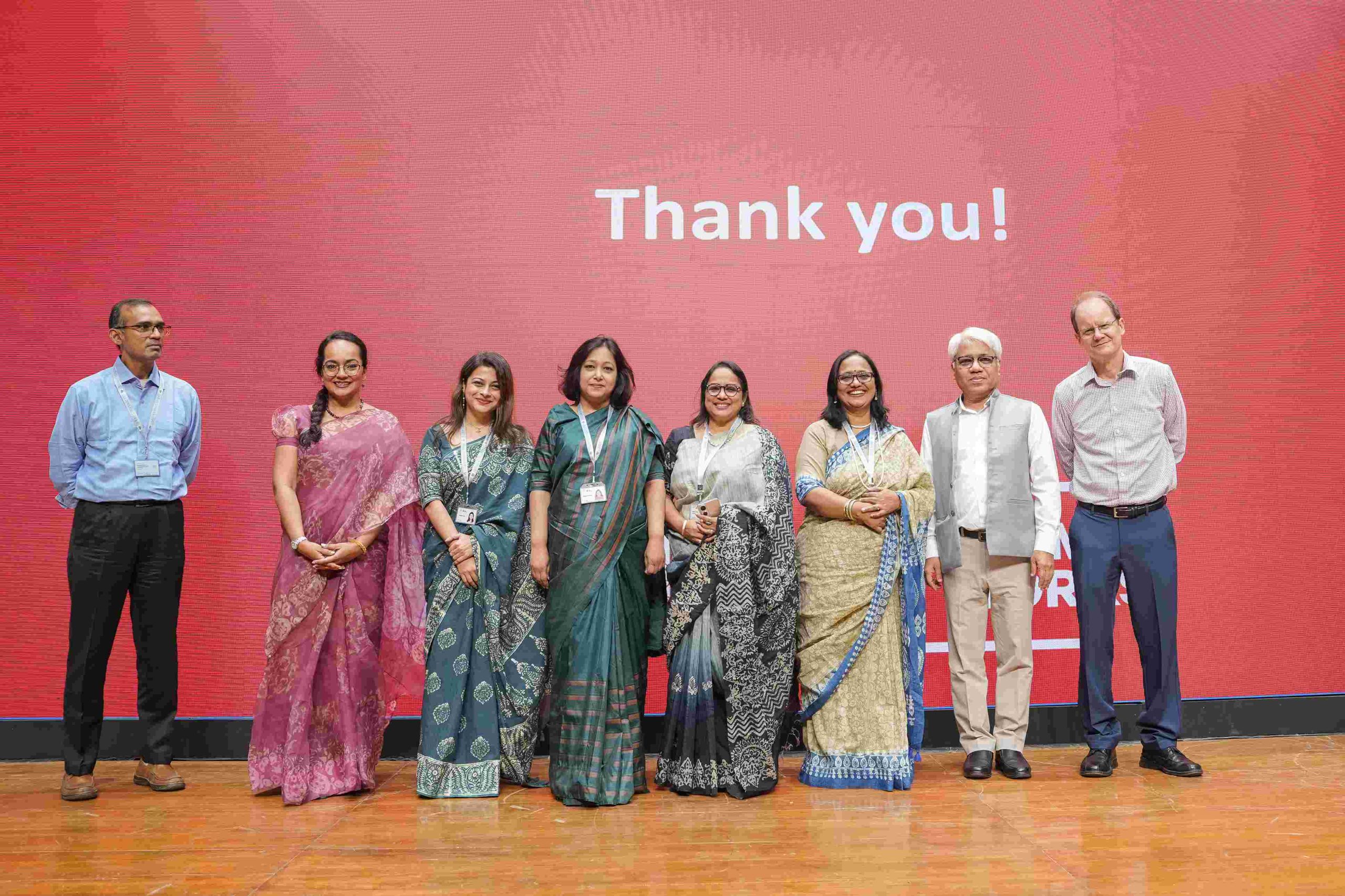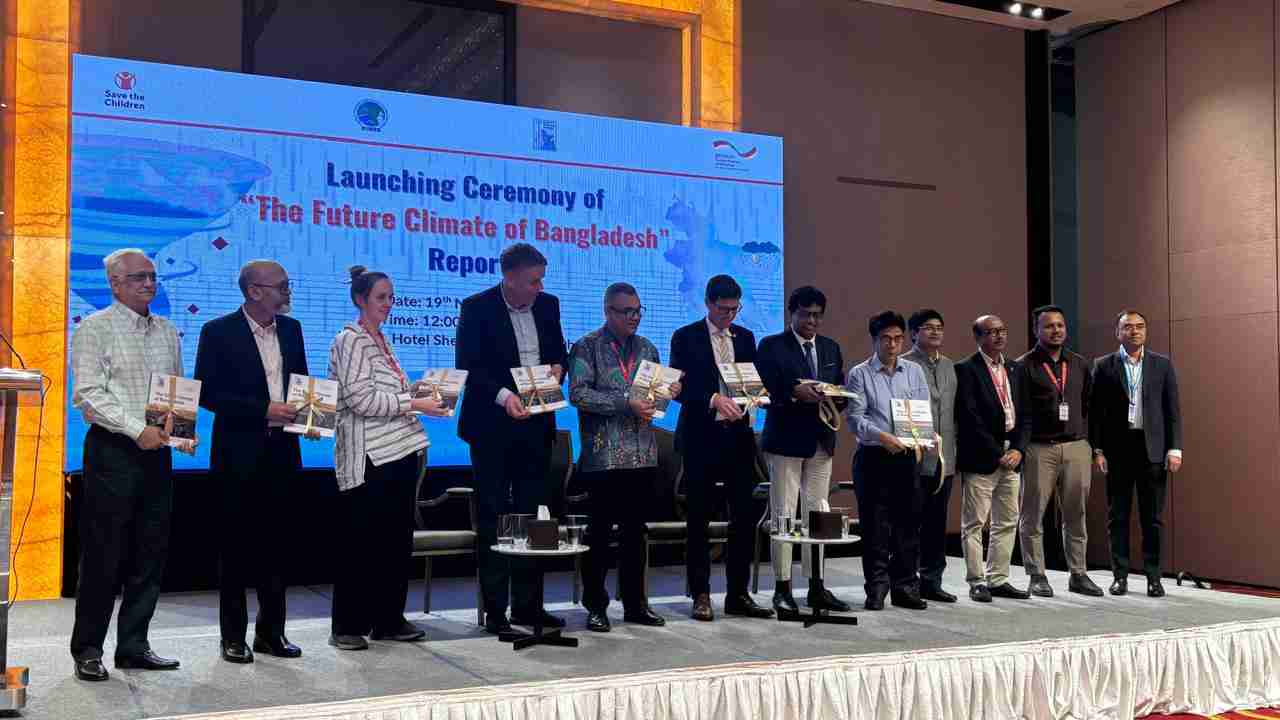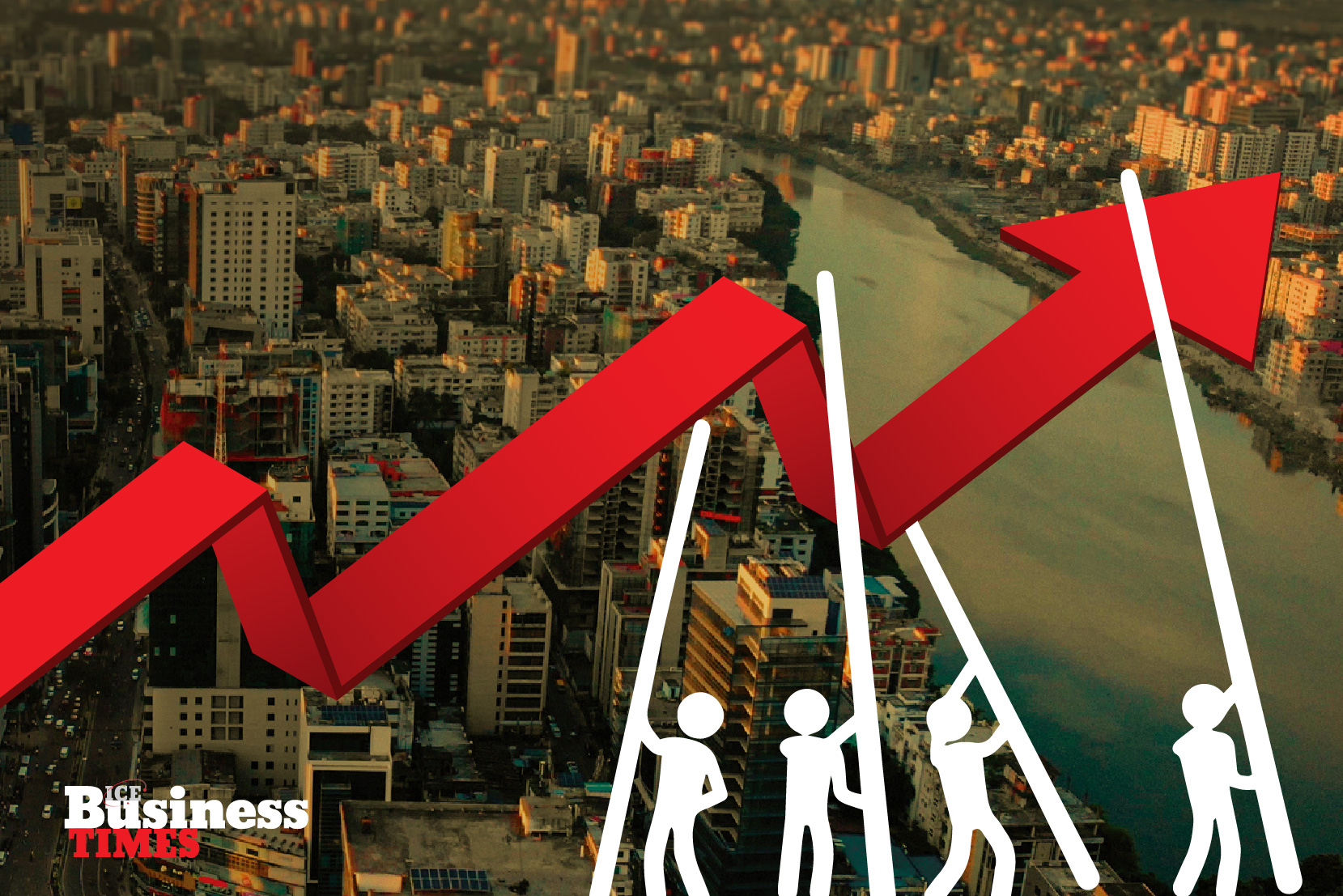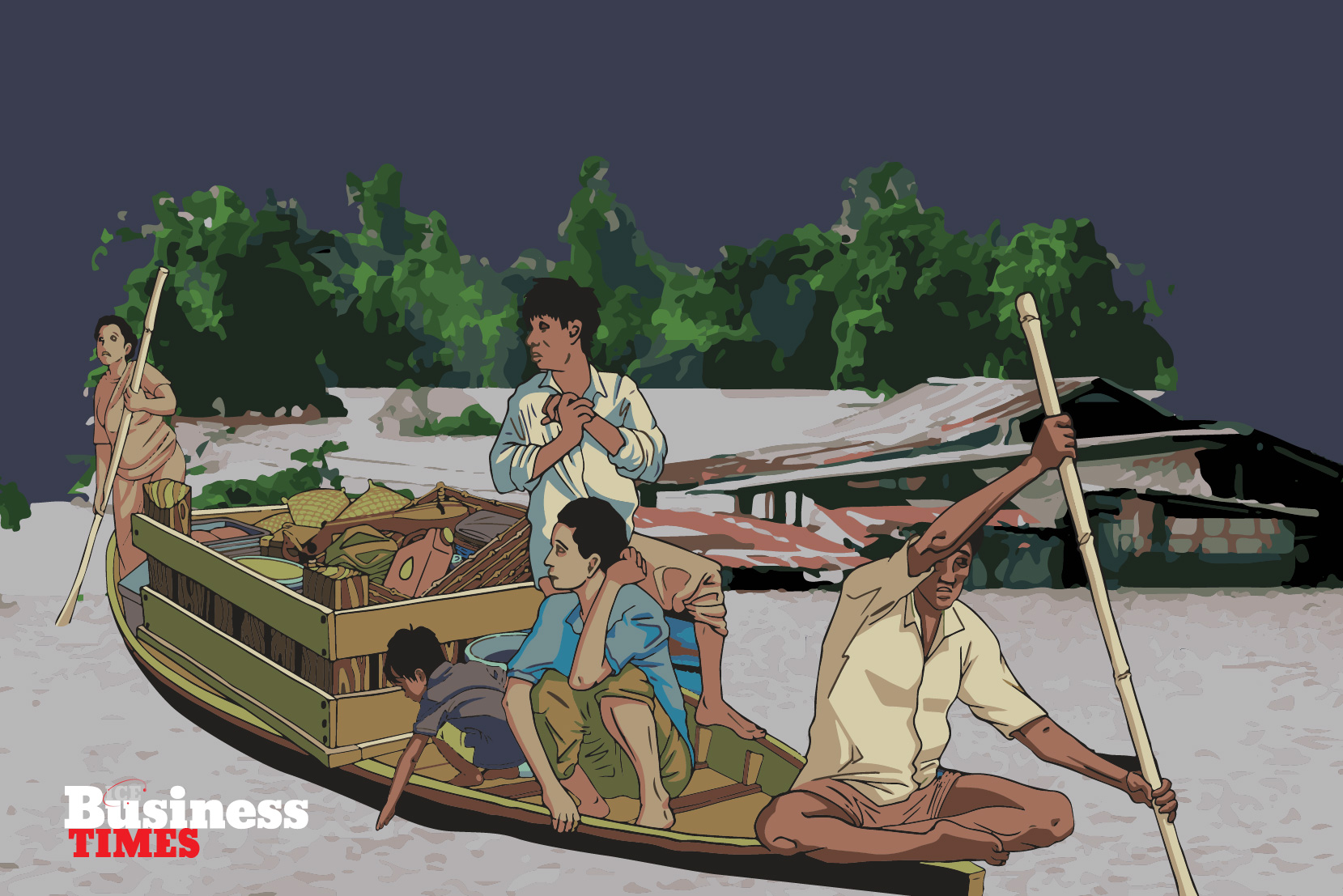Apparel is a USD 47 billion industry in Bangladesh. The BGMEA, the apex-state body of apparel manufacturers has set the vision of achieving USD 100 billion in apparel export by 2030. Given that around 84% of our total export earnings come from apparel, to say that it is the backbone of our export economy would not be an exaggeration. Given the 2030 target, what the industry needs now is very strong communication.
Bangladesh is currently making the five basic apparel – t-shirts, sweaters, jeans, trousers, and jackets. At this critical juncture, if we are to elevate to the next level, we will need to start making value-added products. Whether we can do that hinges upon the reputation of the industry. This elevation is not possible if we are unable to communicate our success stories to build our reputation. From this perspective, communication and branding are highly important.
APPAREL NEEDS TO TELL ITS STORY
The top apparel companies in Bangladesh which account for around 50% of total exports are now realising the importance of strong communication and branding in attracting big brand names like Nike, Lululemon, Burberry, etc – brands with whom we still haven’t been able to work with. Currently, our biggest apparel companies have a turnaround that hovers around USD 500 million, and have great ambitions to take that up to USD 1 billion by 2030. Therefore, working with high-end brands becomes very crucial for these companies. These companies are now looking for ways to communicate and brand their stories, for instance, their ESG investments and sustainability efforts. Unfortunately, they are struggling a lot to find proper professionals who can take over the charge of their communication department.
Students and graduates often eye multi-national companies (MNCs) to advance in their career path. But brands like H&M, Inditex, PVH, Bestseller, M&S etc – all MNCs – have offices in Bangladesh that are also looking for communication professionals. This is because they have chosen Bangladesh as a sourcing destination due to our apparel industry’s significant advancement in safety and sustainability practices, and they need to communicate that.
At the same time, the apparel industry now has several development partners with multiple projects and numerous programs, all of which need to execute communication strategically through reports, publications, and social media platforms.
Considering everything, there is a huge demand for strong communication professionals, but the reality is, our country is not grooming them properly. Our educational institutions do not offer studies in communication. Some public and private universities have journalism and mass communications, but they are actually creating PR professionals. Communication and branding are totally different from that.
NOT ENOUGH STORYTELLERS
To my knowledge, no universities offer Communication and Branding as a discipline. But, if we are not creating graduates on the subject, then the industry relies on people who gained partial experience on the matter through their line of work. Even these professionals are not high in numbers because the industry has only recently identified the need for them.
We are witnessing the nascent stage of communication and branding professionals, much like merchandising was in the ‘90s. Those who enter the field will have a thriving career within the next 5 to 10 years.
Some will rightfully argue that there are several agencies that focus solely on branding and communication. Yes, there are, but they focus on other industries. Apparel has very specific requirements and without knowledge of apparel and the global fashion industry, you cannot tell the story the right way. A combination of both communication expertise and industry knowledge is required.
Recalling my early childhood memory, one of my family members joined the apparel industry as a merchandiser and people back then struggled to understand and appreciate the profession. But soon after, we witnessed the boom of merchandising as a profession. Those who started their early career as a merchandiser in the early ’90s have now become entrepreneurs, directors and general managers of very big groups. They now have a very high standard of living.
We are witnessing the nascent stage of communication and branding professionals, much like merchandising was in the ‘90s. Those who enter the field will have a thriving career within the next 5 to 10 years.
INVEST IN COMMUNICATION AND YOUR FUTURE
Apparel is a huge industry employing more than 20 million people, with ties to related sectors like banks, insurance, buying houses, logistics and supply chains, all of which have highly paid employees. In a country like Bangladesh where people are concerned about job scarcity, graduates can easily build their careers as apparel communication professionals.
As a communication professional myself, I often get requests from entrepreneurs to help them brand their organisations. However, I have difficulty finding the right people, even at salaries that are significantly higher than any managerial role at most MNCs.
Recently, our finance minister opined in the national parliament that around USD 51 million has been drained from Bangladesh to other nations because of our scarcity of competent human resources. This is not surprising; if Bangladesh cannot supply proper communication professionals, the industry will fulfil that need anyhow. What we don’t want to see are Bangladeshi youth having difficulty in finding employment as foreign experts take these high-paying positions in the apparel industry.
I ask today’s youngsters to study apparel, learn about the industry, and understand the responsibilities of communication professionals. Apparel communication is still in its nascent stage, so there is less competition and huge opportunities for growth. You can build a good career here and at the same time, contribute to the growth of the industry and to the development of Bangladesh.
 Omar Gias is a Director of Strategic Engagement for the Bangladesh Apparel Exchange (BAE), with more than 17 years of experience in communication.
Omar Gias is a Director of Strategic Engagement for the Bangladesh Apparel Exchange (BAE), with more than 17 years of experience in communication.















